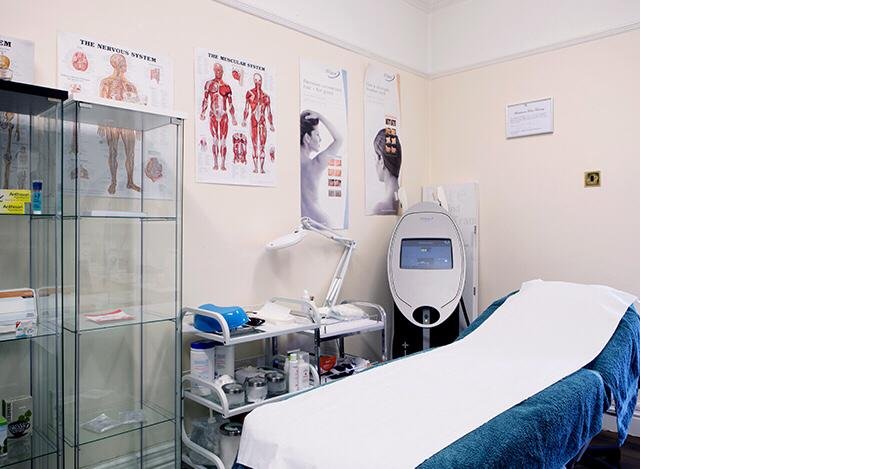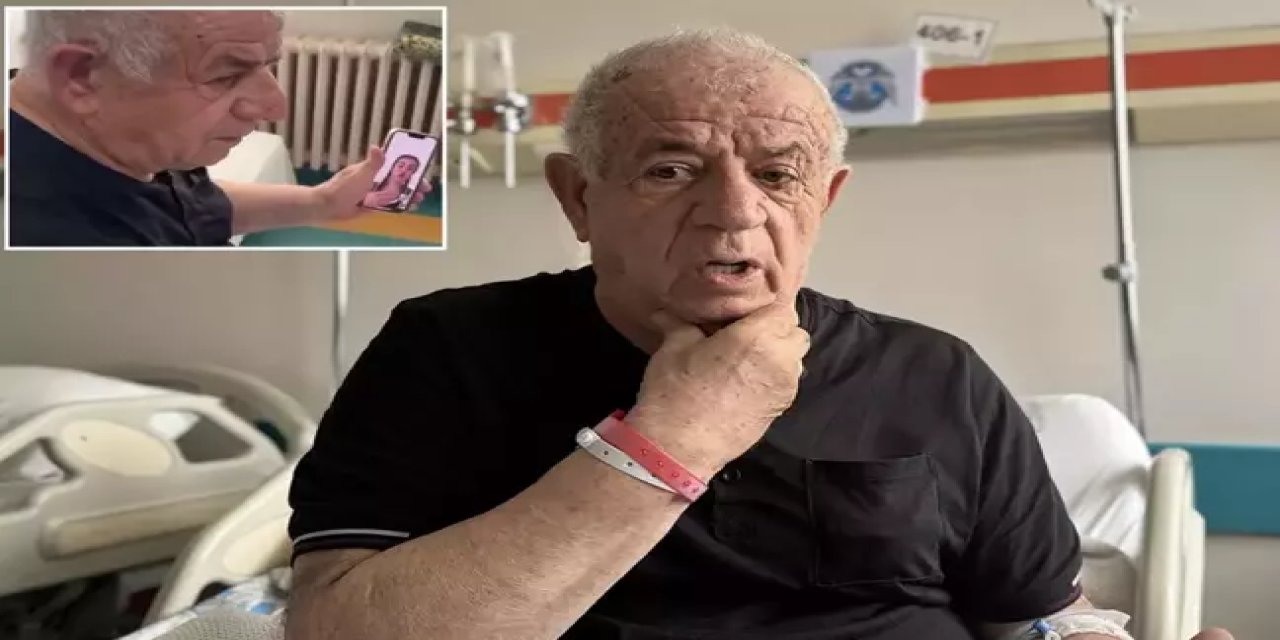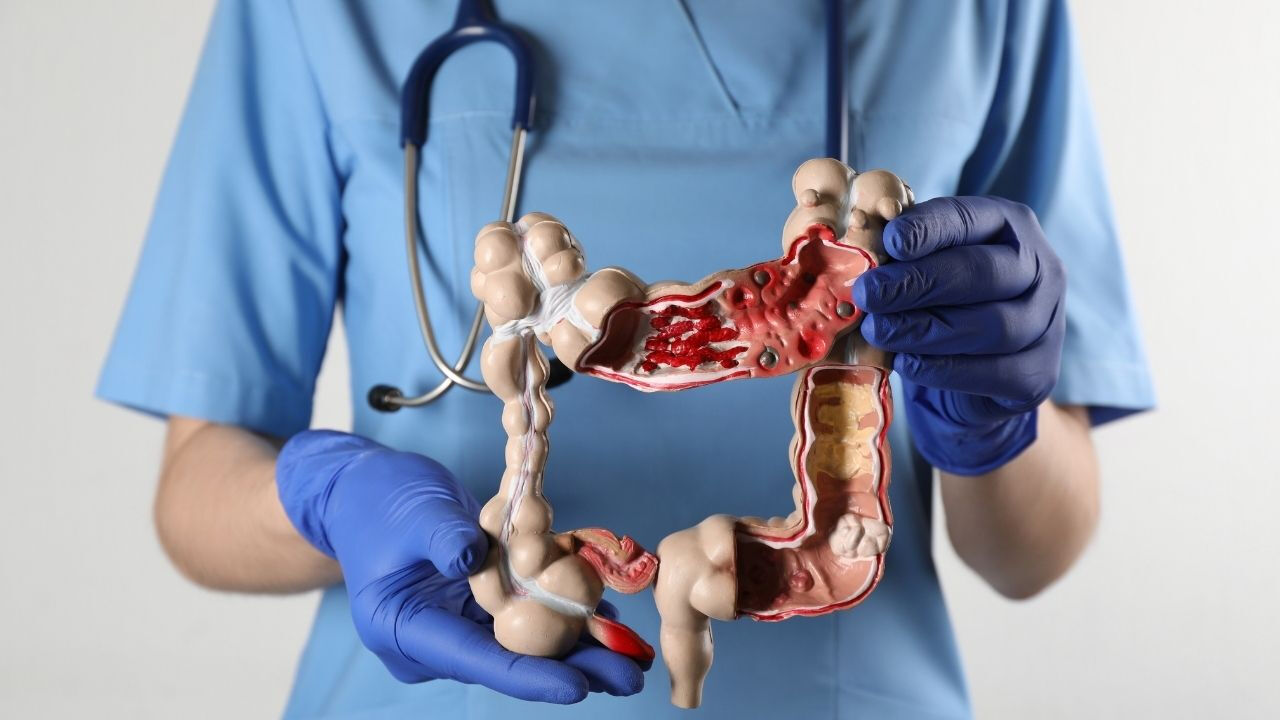
BEAUTY INDUSTRY’S POPULAR PROCEDURE 'UNDER EYE TREATMENT' EXPLAINED
Internationally known and well respected Doctor Maryam Borumand, highlighted the facts about ‘under eye treatment process’ at her clinic 'YouGlo' which is famously based in Harley St, London-UK.
Under eye treatment
Enhancing the eye area using injectable treatments
“I want to look less tired” is a phrase that we hear often. Increased skin laxity, volume depletion and the development of fine lines and wrinkles all contribute to the ageing face. When these factors affect under eye, they often have a significant impact on a person’s aesthetic appearance. As well as making a person look older, research has suggested that variations in eyebrow shape, eyelid position and wrinkles greatly influence how others perceive your facial expressions, as well asyour subsequent mood. And while there are numerous reliable under eye treatment options on the market , the popularity and success rate of injectable treatments in particular continues to grow.
Patient concerns and causes
The demand for non-surgical injectable treatments is so popular compared to traditional blepharoplasty surgery. As a result, at YouGlo we offer bespoke treatments that offer safe results with minimal downtime.
The most common periorbital concerns are loose skin, eye bags, hollowness and dark circles. Other concerns include excess eyelid skin, saggy eyebrows, crepey skin, fine lines and wrinkles. At YouGlo, we first identify the cause of the concern before offering treatment. For instance, dark circles under the eyes can be an inherited trait, caused by fatigue, or a lack of sleep. With age, the skin loses collagen, becomes thinner and more translucent, which allows the darker blood vessels to be seen. Other causes include anaemia, diet and a lack of oxygen in the blood. Eye bags can be caused by sleep deprivation, diet, alcohol and tobacco use, allergies, local water retention caused by the salt in tears, hyperthyroidism and periorbital cellulitis.
Choosing treatment
At YouGlo, we create a suitable treatment plan and advise our patients on the expected results. We offer a thorough examination and discussion about the risks and benefits of a treatment to establish realistic expectations of likely results. Even though sometimes the concern may be more of a ‘surgical case’, we can still make you look a little more refreshed using non-surgical treatments, which can produce excellent results.
Treatment options
When it comes to the infra-orbital hollowness, the only long lasting treatment is with hyaluronic acid dermal filler. At YouGlo we use Mona Lisa Soft. Its low viscosity makes it easy to inject and its high elasticity provides good support. Furthermore, it is not as hydrophilic as other products on the market, which means it does not lead to excessive swelling under the eyes. Mona Lisa comes in 3 different textures that aim to enable our practitioners to choose most appropriate product for patient’s individual concerns.
As well as offering dermal filler treatments for periorbital rejuvenation, we also offer botulinum toxin to soften the dynamic lines in the area. We also use botulinum toxin for smile and frown lines, as well as for brow lifts.
Mesotherapy aims to increase hydration, regenerate collagen and elastin fibres, stimulate collagen synthesis in fibroblasts, inhibit the formation of free radicals and prevent melanin production. Mesotherapy helps damaged cells repair themselves, decelerates the degradation of the skin matrix and stimulates replenishment, inhibits glycation in the skin around the eyes and decreases the amount of fluid that accumulates in eye bags. It is the preferred method for treating dark circles.
It is important to be aware that the lid-cheek junction is part of the normal anatomy and that the aim is not to eliminate it.
At YouGlo, we consider the face as a whole, and not just focus on the periorbital area. Facial rejuvenation requires a global approach.
Side effects and complications
Bruising, swelling and lumpiness are all common side effects of undergoing periorbital treatment with injectables. However, these can be avoided with the correct injection technique and correct product selection. Along with valuable pre- and post-procedure care, our doctors have the skills and technique to perform the procedure successfully.
It is advised that patients do not drink alcohol for 48 hours before and after treatment, avoid aspirin or herbal supplements that can increase the risk of bruising, not undergo exercise for 24 hours and avoid facial massage for one week after treatment.
There is a negligible risk of infection as the treatment is performed under sterile conditions, however the patient can help by ensuring they do not apply makeup on the day and for at least 24 hours after to reduce the risk of infection.
Potential effects include oedema, Tyndall effect, asymmetry, post-inflammatory hyperpigmentation, migraines and nodules. If complications do occur, hyaluronidase is the most common treatment used to dissolve the HA filler. It works very quickly. You can see it working in front of your eyes and it continues working for 24 hours. Note that if too much is injected it could get rid of the whole filler which may be unnecessary.
The most serious risk of using dermal fillers is blindness. Although rare, a patient could lose their sight if dermal filler is injected into the blood vessel.
If the obstruction is localised, it may result in localised necrosis. If the accidental injection results in the formation of an embolism then there may be a risk of it travelling to the back of the eye and obstructing one of the blood vessels that supply oxygen and blood to the eye, potentially causing blindness. In the event of this happening, it is advised to employ measures that promote vasodilation such as introducing localised heat and use of an anticoagulant. Patients should also seek emergency help.
Summary
Periorbital rejuvenation can offer amazing results but it is a very advanced technique. Patient history, assessment, procedure and expectation all add to a good treatment.

AVAZTURK








